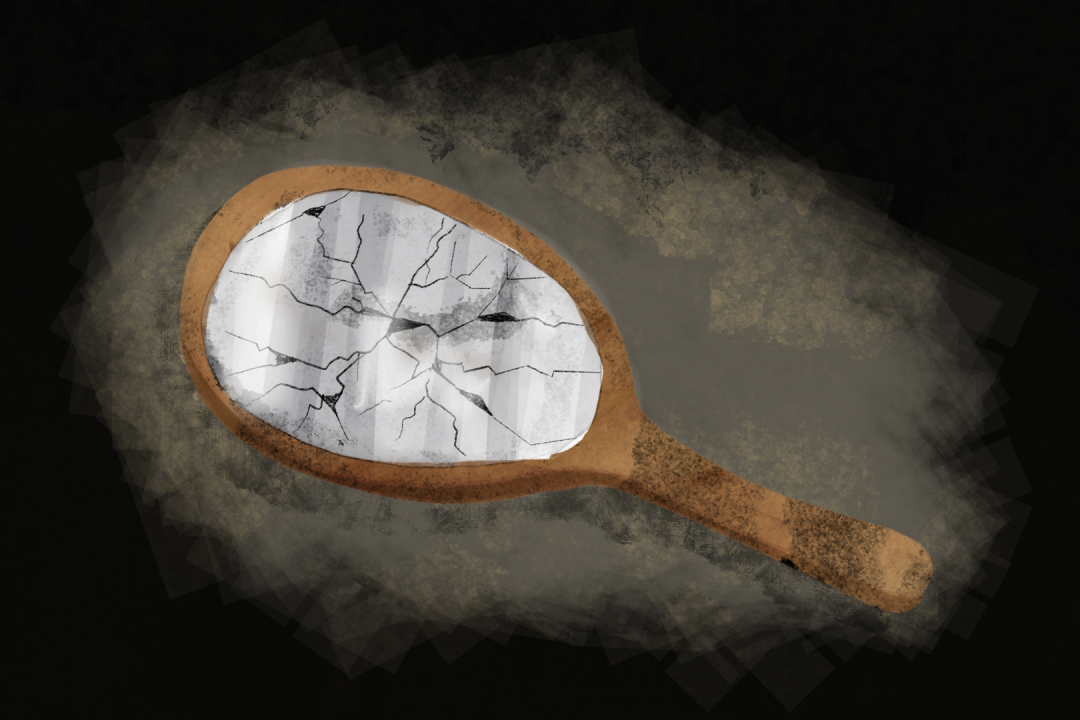
Prelude to the Lebanese Civil War
By: B.E
It was, as many Lebanese people would recall, a glorious day. Members of the government of Lebanon, composed of Christians, Muslims, and Druze, gathered in Taif, Saudi Arabia, to end the civil conflict that destroyed their country.
As thirty years have passed since such an accord, an entire generation that survived the brutal atrocities of a long and brutal civil war was inspecting their new government, a fragile, disclosed, and corrupt government that is not responsive to its people’s needs.
If the Taif agreement promised a temporary seizure of the government by sectarian factions until the formation of a secular, liberal democracy, then almost thirty years later, when militiamen of the right-wing Maronite Lebanese Forces opened fire on Shia militants in the middle of Beirut echoed a bloody reminder of a past that destroyed half of the country, if not, the soul of its entire definition as a vast and admirable nation in the Middle East.
Pre-Colonial and Colonial History
There always existed a unique identity in Lebanon. Shaping thousands of people’s lives within an area lavishly described as mountainous, green, and rich with a country-wide coastline.
What some may consider as a Lebanese national identity came about only in the late 19th and the beginning of the 20th century when France established a presence and gradually took over most of the levant.
France realized the distinct ethnoreligious making of Lebanon. It included Christians who made up 51%, mostly Maronites, and also Greek Orthodox and Catholics. While the Muslim population was dominated by Sunni and Shia sects with Druze people making up a substantial presence in a particular area.
In 1920, France established Greater Lebanon, a colonial mandate. It took over a vast land that incorporated large Sunni and Shia-populated areas into an all-Maronite administration.
This was because, in terms of administration and policy, Maronites dominated Lebanon and France sought further relations with them, especially due to the events of 1860 when an all-out civil conflict resulted in the death of many civilians (mostly Christians) which been labeled as an attempt of genocide against the Maronites by Muslim and Druze.
Prelude of Discontent
In 1943, leaders of the various sects of Lebanon agreed to share power through an unofficial confessionalist system called the National Pact (al Mithaq al Watani). It guaranteed the creation of an independent Republic with liberal democracy but government positions would be divided based on the distribution of ethnic and religious factions.
Under the pact, which was never a written document:
- The President would be a Maronite
- The Prime Minister a Sunni Muslim (with his deputy a Greek Orthodox Christian)
- And the Speaker of the parliament a Shia (also a Greek Orthodox Deputy)
- The position of the general staff of the armed forces was to be filled by a Druze
This distribution of power was meant to form an egalitarian and cultural reform to avoid bloodshed. However, as Lebanon progressed through the 1950s, cold war tensions, local conflicts, and economic inequality proved otherwise.
What accelerated the slow demise of this surfaced power balance was demographic change. As the Arab-Israeli war progressed and Israel guaranteed victory, many Palestinians sought refuge in the neighboring countries, and Lebanon, with its fragile demographic expectations, fell into the effects of this sudden change.
The Arab-Israeli war had a drastic impact on Lebanon’s internal affairs. Being a neighboring country, Lebanon participated in various battles.
This situation became more problematic because Lebanon never had a strong national identity in those periods. Although it was destined for the various religious groups to submit to a centralized state, the formation of political organizations by those religious factions optimized sectarian diplomacy. Particularly with how Chrisitian-Maronite factions relied on the west and were often Right-wing (Lebanese Forces, Phalange), and Sunni-Shia-Druze factions were generally allied with the Soviet Union and were de-jure left-wing - although pretty much membership and actions were religiously motivated.
Christian leadership, under Camille Chamoun, staunchly opposed the Palestinian influx. Many far-right groups such as the Kataeb believed that their presence would change the delicate power dynamics of the country. Palestinians, being of Sunni origins, were supported by various left-wing and Arab nationalist factions. They found their presence an important tool to transform Lebanon statistically in their favor. The cold war tension already divided the country. The US-backed Christian right versus Soviet and Nasser-backed left erupted into various demonstrations across the nation. Oftentimes, they would be brutally violent. Everything began to show the possibility of war.
What may have also led the country’s situation into a more brutal period was when the Palestinian Liberation Organization (PLO), which had unleashed a brutal conflict with Israel, set up camps in the heart of Lebanon. Operation rooms that coordinated attacks and bombings against Israel were situated in Sidon, Beirut, and even on the borders. This not only urged Israel for retaliation - which was mainly targeted against Lebanese infrastructure - but also led Christian militias into committing various acts of violence against the Palestinian people. Most notable was Black Sunday.
A Church, a Bus, a Massacre
On April 13th, 1975, gunmen of the Christian far-right group Kataeb set up checkpoints across Beirut as retaliation over a PLO vehicle moving into a Maronite neighborhood firing weapons into the air. A bus packed with men, women, and children, was opened fire by the men. They claimed the bus was a PLO pretense and it was armed, while the Palestinian side claims it was a massacre that led to the first brutal confrontations between the two factions.
Lebanon dived into a full-blown civil war. Ambushes, guerilla warfare, street confrontations, and even government interventions by neighboring countries, resulted in one of the longest conflicts in the Middle East. During 1975-1990, movements such as Hezbollah, a militant Shia organization strongly tied to Iran, emerged.
On top of this, Syria and Israel also invaded the country with their justifications. The Syrian side claimed to restore peace, but in reality, they wanted to push for Pan-Arab identity within Lebanon and arm organizations tied to its ideological cause. Israel, which sought to restore peace but had plans to arm and fund Christian militias and destroy PLO presence. The invasions triggered strong opposition, with the Syrian side losing all of the popular support and eventually retreating, and Israel had to start a war of attrition with Hezbollah shaped out by many Shia militias in the south vying for Shia dominance in the country.
The Taif agreement was signed in the 1990s as an attempt to redistribute those early power-sharing dynamics, but modern-day problems such as unequal control over government sectors, and corruption lead many citizens of Lebanon to fear the dissolution of their centralized identity.


